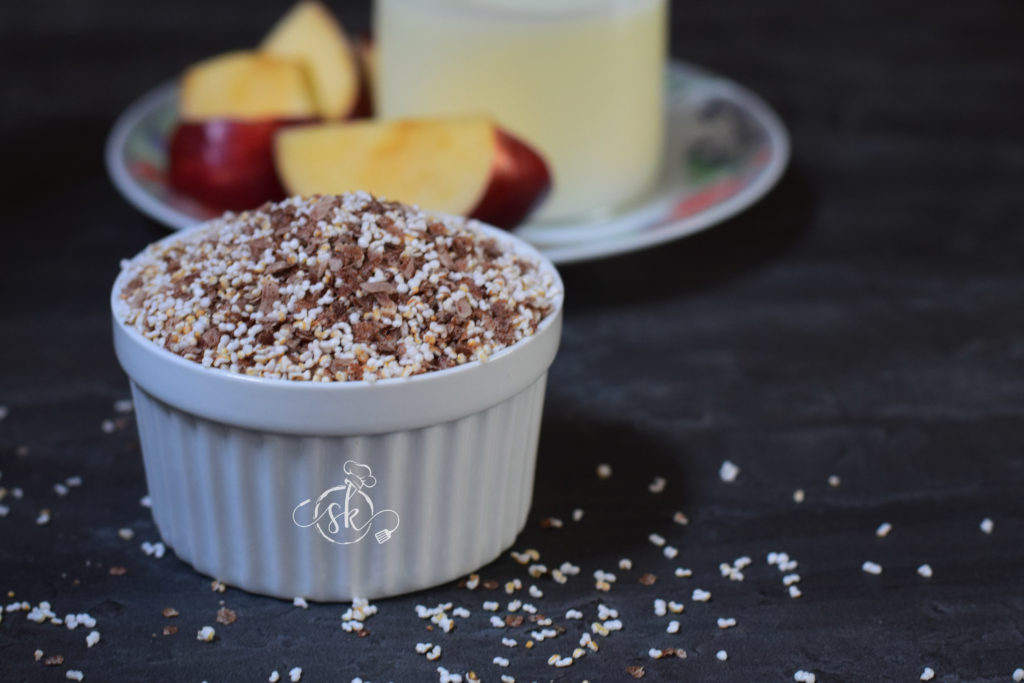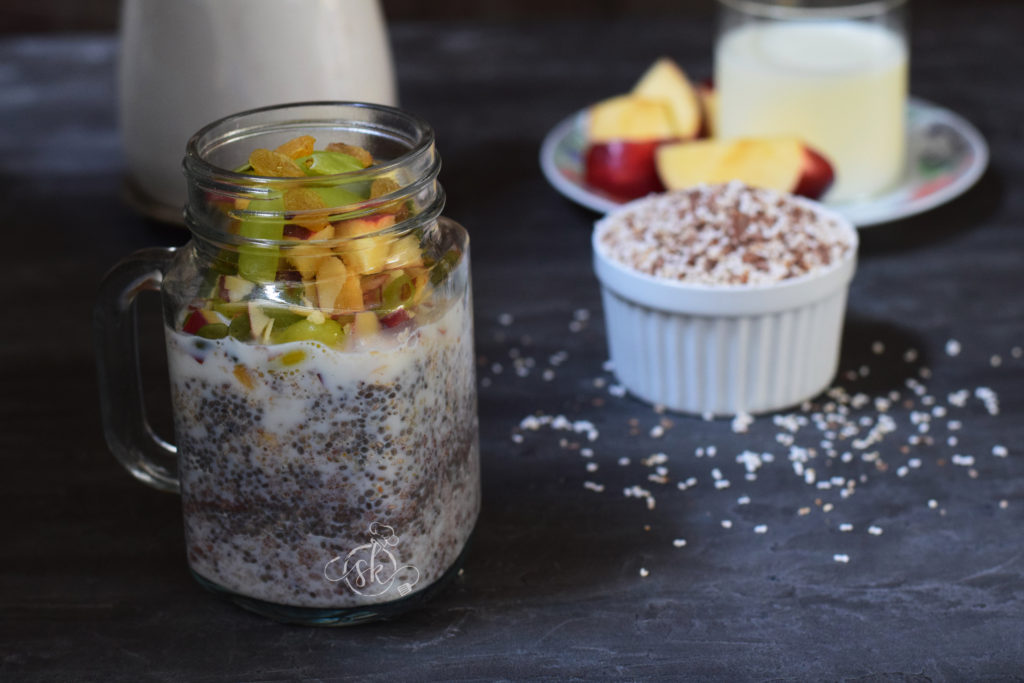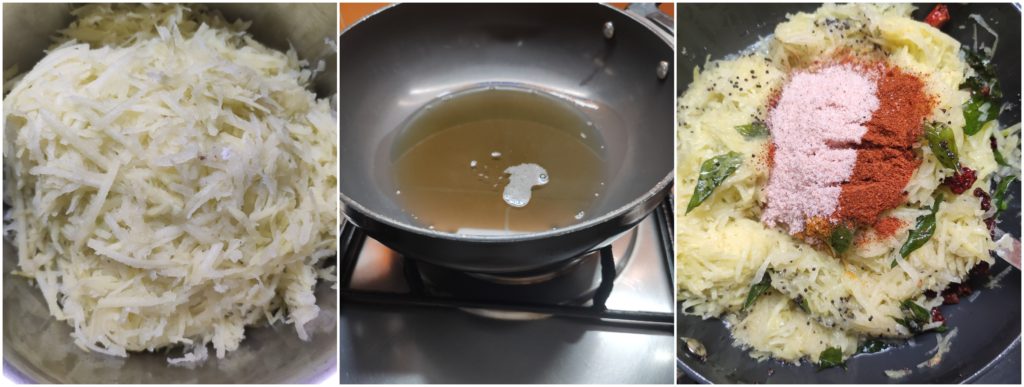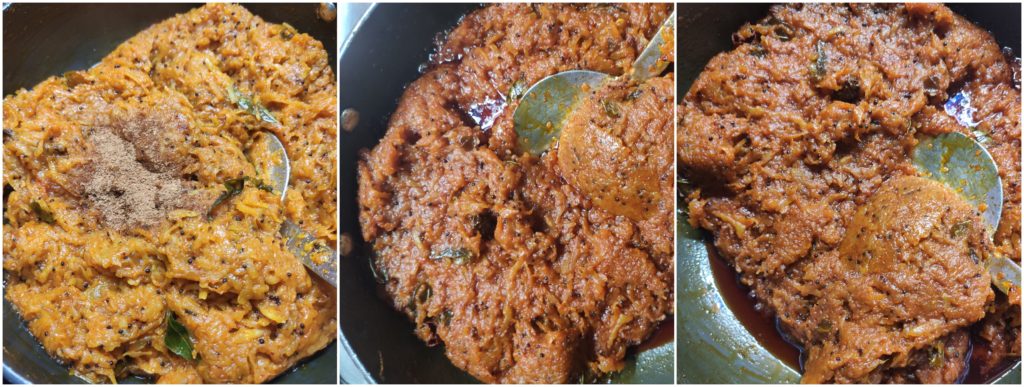Ragi rotti, either you love it or hate it. It is one of the healthiest meals in the Mysore-Bangalore region. Unlike a dosa, where the fermented batter is poured and swirled, we pat the pliable batter by hand.
Even though it was a part of the rural part of Karnataka or in traditional cooking, it has now got its due credit by being considered “Superfood”, diabetic-friendly, calcium-rich, gluten-free, and what not!
Ragi rotti with peanut/Huchellu(Niger seeds) chutney is a healthy and authentic breakfast in Bangalore.
The Rotti and chutney, which I learnt from a couple of my friends, then adapted to make my version, according to my family requirement is here,
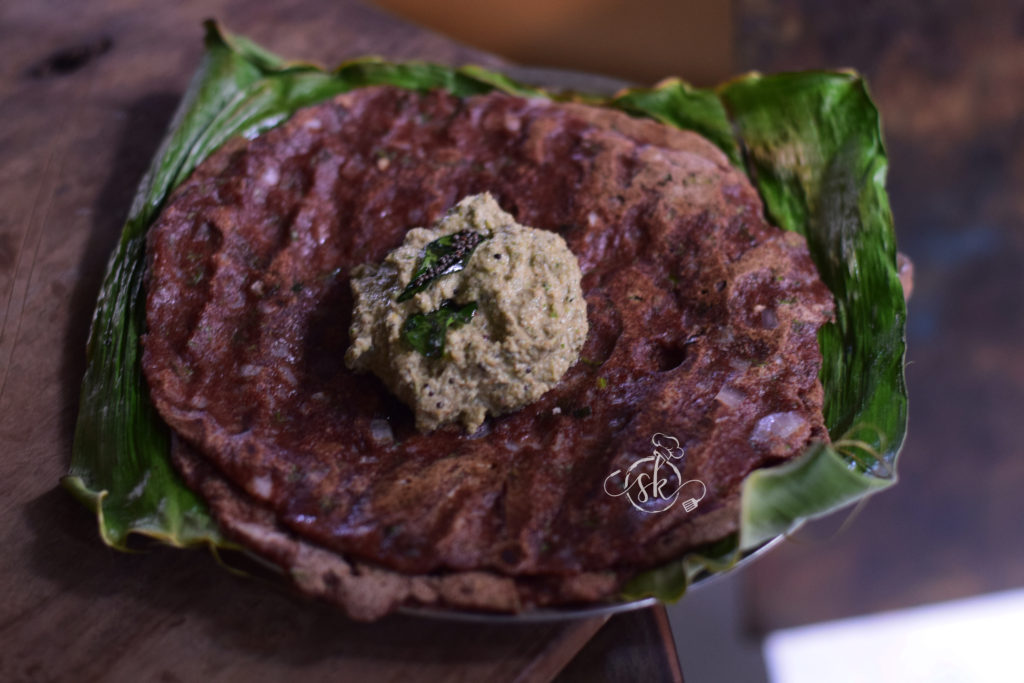
Ingredient:
Ragi/ finger millet flour – 2 to 3 cups
Cooked rice – ½ cup
Grated coconut – ¼ cup (optional)
Chopped onions – 2 to 3 (medium size)
Chopped green chillies – 2 to 3
Chopped coriander leaves – ½ cup
Chopped Curry leaves – 2 tbl sp
Chopped pudina – 2 tbl sp (optional)
Salt
Hot water – as needed.
Method:
-Take one wide steel bowl, dry mix everything from ragi flour, cooked rice, chopped green chillies, onions, coriander, curry leaves, pudina, coconut gratings and salt.
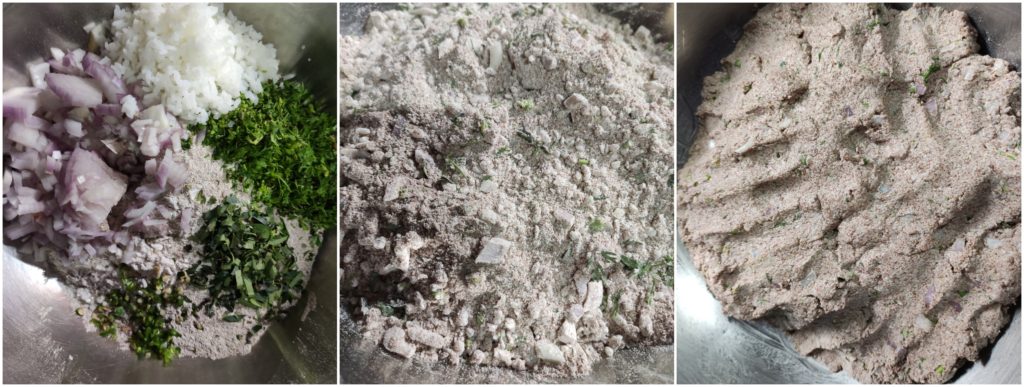
-Make a pliable dough by adding sufficient boiling hot water.Keep it aside for 5 to 10 minutes to absorb the seasoning and soak.
-When you want to make rotti, take one piece of banana leaf or butter paper.
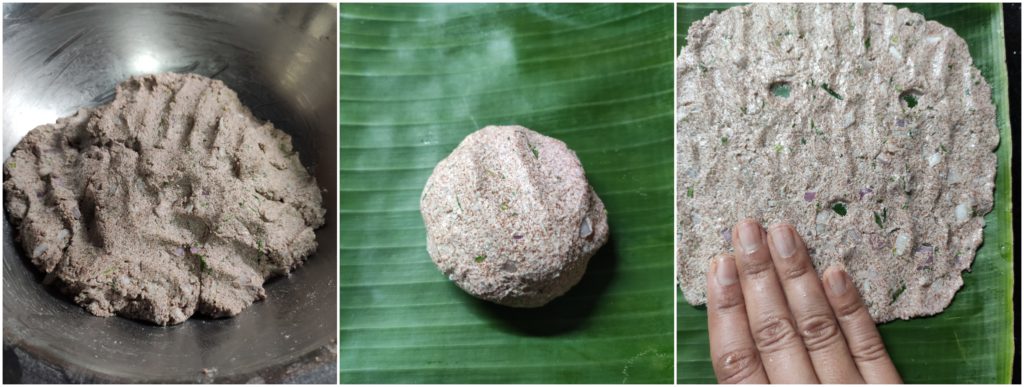
-Take a little rotti dough in your moist hand, and start patting in a circular motion by wetting your hand in the water now and then.
-Make 3 or 4 holes here and there if you want the crispier version. Sprinkle one teaspoon of oil over this patted rotti and keep it ready.

-Heat iron skillet and cook oil sprinkled rotti by putting upside down on it. After 2 to 3 minutes, peel off a banana leaf or butter paper.
-Sprinkle little oil over it and flip. Cook and serve hot with peanut chutney or Huchellu chutney.
Note:
-Keep one bowl of water at a reachable distance to dip your hand in-between.
– wetting your hand will help avoid the dough sticking to your fingers while patting.

